Home>Furniture>Outdoor Furniture>How To Keep Bugs Out Of A Patio
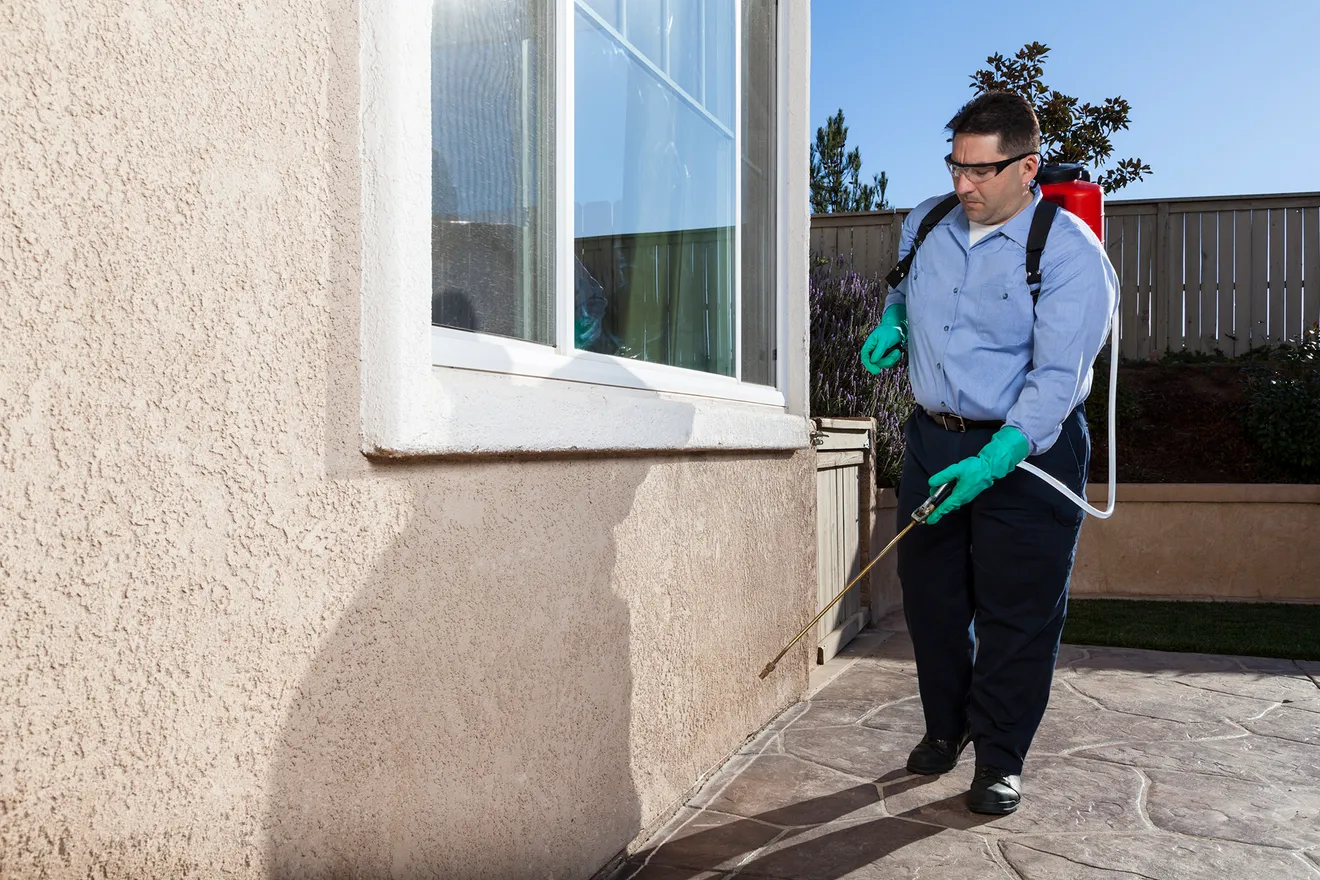

Outdoor Furniture
How To Keep Bugs Out Of A Patio
Modified: March 7, 2024
Learn how to keep bugs away from your outdoor furniture and enjoy bug-free relaxation on your patio. Discover effective tips and methods in this comprehensive guide.
(Many of the links in this article redirect to a specific reviewed product. Your purchase of these products through affiliate links helps to generate commission for Storables.com, at no extra cost. Learn more)
Introduction
Welcome to the world of outdoor living! There’s nothing quite like enjoying a sunny day on your patio, sipping a refreshing beverage, and basking in the tranquility of nature. However, one thing that can quickly spoil this idyllic scene is the presence of pesky bugs. From buzzing mosquitoes to crawling ants and invasive flies, these unwelcome guests can turn your outdoor oasis into a nightmare.
But fear not! In this article, we’ll explore effective strategies to keep bugs out of your patio and reclaim your space. Whether you’re a seasoned patio enthusiast or just starting on your outdoor adventure, these tips and techniques will help you create a bug-free zone where you can relax and unwind.
Before we dive into the solutions, let’s take a closer look at the bug problem and understand what attracts them to your patio in the first place.
Key Takeaways:
- Enjoy a bug-free patio by using natural methods like citronella candles, essential oils, and bug-repellent plants. Regular maintenance and sealing cracks also help keep pests at bay.
- Create a bug-repellent garden with plants like citronella grass and lavender to naturally deter pests and add beauty to your outdoor space. Balance natural remedies with safe insecticide use when needed.
Read more: How To Keep Bugs Out Of Garden
Understanding the Patio Bug Problem
Before we can effectively combat patio bugs, it’s important to understand why they seem to be drawn to our outdoor living spaces. Bugs are attracted to patios for several reasons, including food, water, and shelter.
Food: Bugs are always on the lookout for a tasty meal, and your patio may inadvertently provide them with a buffet. Food crumbs, spills, and even the scent of cooking can attract ants, flies, and other insects. Additionally, if you have plants or flowers on your patio, they may act as a food source for certain pests.
Water: Like any living creature, bugs need water to survive. If you have standing water on your patio, such as in birdbaths or puddles, it can become a breeding ground for mosquitoes and other water-loving pests.
Shelter: Patios often provide the ideal shelter for bugs, with their nooks, crannies, and cozy hiding spots. From gaps in the patio flooring to cracks in the walls and even the furniture cushions, bugs can find plenty of places to take refuge.
Now that we understand why bugs are attracted to patios, let’s move on to identifying some of the most common pests you may encounter.
Identifying Common Patio Bugs
When it comes to patio bugs, it helps to know your enemy. By identifying the common pests that can infest your outdoor space, you can better tailor your bug-fighting strategies. Here are some of the most common patio bugs:
- Mosquitoes: These tiny but mighty insects are infamous for their itchy bites. Mosquitoes breed in standing water and are most active during dawn and dusk.
- Flies: Whether it’s buzzing houseflies or annoying fruit flies, these creatures can quickly ruin a peaceful patio experience.
- Ants: Ants are highly skilled foragers, and if they find a food source on your patio, they will not hesitate to invite their colony to join in.
- Spiders: While spiders are generally considered beneficial for controlling other pests, their presence can be unsettling for some patio-goers.
- Cockroaches: These nocturnal insects are resilient and can easily make their way into your patio through cracks and gaps.
- Bees and Wasps: These stinging insects can be a nuisance and potentially dangerous, especially for those with allergies.
- Ticks: Found in grassy areas, ticks can latch onto unsuspecting humans or pets and transmit diseases.
By familiarizing yourself with these common patio bugs, you can tailor your bug prevention and control methods accordingly. Now, let’s explore natural methods to repel bugs and keep them at bay.
Natural Methods to Repel Bugs
If you prefer to use natural alternatives rather than chemical insecticides, there are several effective methods to repel bugs from your patio. These natural remedies not only keep bugs away but also minimize the impact on the environment and your health. Here are some natural methods to repel bugs:
- Citronella candles: Citronella oil, derived from citronella grass, has long been known for its bug-repellent properties. Lighting citronella candles on your patio can create a barrier against mosquitoes and flies.
- Essential oils: Certain essential oils, such as lemon eucalyptus, lavender, and peppermint, are known for their bug-deterring properties. Dilute the oils with water and spray the mixture around your patio to repel bugs.
- Herbs and plants: Planting bug-repellent herbs like basil, lemongrass, and mint around your patio can naturally deter pests. You can also place potted plants like marigolds and lavender on your patio to keep bugs at bay.
- Citrus peels: Another natural bug-repellent option is to place citrus peels, such as lemon or orange, around your patio. The strong scent helps deter pests from entering your outdoor space.
- Vinegar: Cleaning your patio with a mixture of water and vinegar can help repel bugs. The strong smell of vinegar acts as a deterrent and can keep ants and other insects away.
- Mosquito-repellent plants: Certain plants, such as citronella grass, catnip, and geraniums, naturally repel mosquitoes. Planting these in your garden or placing them in pots around your patio can provide an additional layer of protection.
When using these natural methods, keep in mind that their effectiveness may vary depending on factors such as the local bug population and the size of your patio. It may be necessary to experiment with different methods and combinations to find what works best for your specific situation.
While natural methods are a great initial step, sometimes you may need to resort to insecticides for more stubborn bug problems. Let’s explore using insecticides on the patio in the next section.
Using Insecticides on the Patio
If natural methods alone are not sufficient to control the bug population on your patio, you may need to consider using insecticides. Insecticides can be effective in targeting and eliminating pests, but it’s important to use them safely and responsibly. Here are some tips for using insecticides on your patio:
- Choose the right insecticide: Different insecticides target specific pests, so choose one that is appropriate for the bugs you’re dealing with. Read the labels carefully and follow the instructions for application.
- Apply the insecticide correctly: Apply the insecticide according to the instructions provided. Pay attention to the recommended dosage, application method, and safety precautions.
- Target problem areas: Focus on treating areas where bugs congregate, such as cracks, crevices, and corners of your patio. Also, spray insecticide around entry points, like doors and windows, to prevent bugs from entering.
- Consider timing: Choose the appropriate time to apply the insecticide. Some insecticides may be more effective when applied early in the morning or late in the evening when bugs are most active.
- Protect yourself: When using insecticides, always wear protective clothing, gloves, and a mask to prevent direct contact with the chemicals. Avoid spraying in windy conditions to minimize the risk of inhaling the spray.
- Keep it pet-friendly: If you have pets, choose pet-friendly insecticides or ensure that your furry friends are kept away from the treated areas until the insecticide has dried.
- Follow up with maintenance: While insecticides can provide immediate relief, it’s crucial to follow up with regular cleaning and maintenance to prevent future infestations.
Remember, insecticides should be used as a last resort and in conjunction with other preventive measures. If you’re unsure about using insecticides on your patio, consult with a professional pest control service to ensure safe and effective treatment.
Now that we’ve explored both natural and chemical methods to repel bugs, let’s move on to maintaining a clean and pest-free patio.
Seal any cracks or gaps in the patio with caulk or weather stripping to prevent bugs from entering. Keep the area clean and free of standing water to reduce the likelihood of attracting pests.
Read more: How To Keep Bugs Out Of Trash Can
Maintaining a Clean and Pest-Free Patio
Keeping your patio clean and well-maintained plays a significant role in preventing bug infestations. By following a few simple maintenance practices, you can maintain a clean and pest-free outdoor space. Here are some tips:
- Regular sweeping and cleaning: Sweep your patio regularly to remove any fallen leaves, debris, and food crumbs that may attract bugs. Clean the patio surface with a mild detergent to eliminate any odors that bugs are attracted to.
- Remove standing water: Check for any areas on your patio where water tends to accumulate, such as in plant saucers or in the corners. Empty and dry these areas to prevent mosquitoes from breeding.
- Dispose of trash properly: Keep garbage bins tightly sealed and dispose of trash regularly to avoid attracting flies, ants, and other pests.
- Store food properly: If you enjoy dining on your patio, make sure to store food in sealed containers or covered dishes. Clean up spills immediately, as even the tiniest food remnants can lure bugs.
- Trim vegetation: Trim back any overgrown plants or branches that are touching your patio. This eliminates potential pathways for bugs to enter and also reduces their hiding spots.
- Regularly inspect and repair: Inspect your patio for any cracks, gaps, or holes that bugs can use as entry points. Seal these openings using caulk or weather-stripping to keep bugs from infiltrating your outdoor space.
- Monitor and address pest issues promptly: Regularly monitor your patio for signs of pest activity. If you notice an increase in bugs or damage caused by pests, take prompt action to address the issue before it becomes a full-blown infestation.
By implementing these maintenance practices, you create an environment that is less inviting to bugs and reduces the likelihood of a pest problem on your patio. However, some additional measures can further enhance bug protection. Let’s explore sealing cracks and gaps in the patio next.
Sealing Cracks and Gaps in the Patio
A key step in preventing bugs from invading your patio is to seal any cracks, gaps, or openings that may serve as entry points. By taking the time to seal these areas, you can create a barrier that deters bugs from infiltrating your outdoor space. Here’s how to seal cracks and gaps in your patio:
- Inspect the patio: Carefully inspect your patio for any visible cracks, gaps, or openings. These can be found in the flooring, walls, doors, windows, or even in the furniture.
- Clean the area: Before sealing, make sure to clean the area thoroughly. Remove any dirt, debris, or loose materials that may interfere with the sealing process.
- Choose the appropriate sealant: Select a suitable sealant based on the material and location of the crack or gap. There are various types of sealants available, such as silicone caulk, epoxy, or weather-stripping.
- Apply the sealant: Follow the instructions provided with the sealant and apply it carefully to the cracks and gaps. Use a caulking gun or a putty knife to ensure an even and smooth application.
- Smooth and remove excess sealant: Smooth the sealant using a caulk smoothing tool or your fingertips. Remove any excess sealant to ensure a clean and finished appearance.
- Allow time to dry and cure: Give the sealant ample time to dry and cure according to the instructions provided. This ensures that it forms a strong and effective barrier against bugs.
- Regularly inspect and reseal: Periodically check the sealed areas for signs of wear or damage. If you notice any deterioration, promptly reseal the cracks or gaps to maintain a robust barrier against bugs.
By sealing the cracks and gaps in your patio, you can significantly reduce the chances of bugs finding their way into your outdoor space. This step, combined with regular maintenance and preventive measures, contributes to a bug-free environment that you can enjoy throughout the year.
While sealing cracks and gaps is an effective way to bug-proof your patio, adding bug screens and curtains can provide an additional layer of protection. Let’s explore this strategy in the next section.
Installing Bug Screens and Curtains
If you want to further fortify your patio against bugs, installing bug screens and curtains is a practical and effective solution. These protective barriers create a physical barrier that keeps bugs out while still allowing you to enjoy the fresh air and views. Here’s how you can install bug screens and curtains:
- Determine the areas to be covered: Assess your patio and identify the openings or areas where bugs are most likely to enter. This could include doorways, windows, or even larger sections of your patio.
- Choose the type of bug screen or curtain: There are various options available, including screen doors, window screens, or curtains made from bug-repellent materials. Select a type that suits your specific needs and the design of your patio.
- Measure and cut the screen or curtain: Take accurate measurements of the openings or sections where you will install the bug screen or curtain. Cut the material to the appropriate size, allowing for a snug and secure fit.
- Mount the bug screen or curtain: Depending on the type of bug screen or curtain, follow the manufacturer’s instructions to mount it securely in place. This may involve using mounting brackets, screws, or adhesive strips.
- Ensure a tight seal: Make sure that the bug screen or curtain is tightly secured to prevent bugs from squeezing through gaps or openings. Pay attention to corners and edges, ensuring they are properly sealed.
- Regular maintenance and inspection: Periodically check the bug screens and curtains for any damage or wear. Repair or replace them as needed to maintain their effectiveness in keeping bugs out.
Bug screens and curtains not only block bugs from entering your patio but also provide an added element of privacy and shade. With these protective barriers in place, you can enjoy your outdoor space without the constant annoyance of buzzing insects.
In addition to bug screens and curtains, creating a bug-repellent garden can further promote a pest-free patio environment. Let’s explore this strategy in the next section.
Creating a Bug-Repellent Garden
One of the most natural and visually appealing ways to repel bugs from your patio is by creating a bug-repellent garden. By strategically planting certain herbs, flowers, and shrubs, you can effectively deter pests while adding beauty and fragrance to your outdoor space. Here’s how to create a bug-repellent garden:
- Research bug-repellent plants: Look for plants that are known to repel bugs. Some popular choices include citronella grass, basil, lavender, marigolds, rosemary, and mint.
- Select appropriate planting locations: Determine where on your patio or in your garden you want to create the bug-repellent garden. Consider factors such as sun exposure, soil conditions, and available space.
- Prepare the soil: Ensure that the soil is well-drained and fertile. Remove any weeds or debris from the planting area, and amend the soil with organic matter if needed.
- Plant the bug-repellent plants: Follow the planting instructions for each specific plant. Give them adequate space to grow, and water them regularly to establish their root systems.
- Add variety: Mix different bug-repellent plants to create a diverse and visually appealing garden. Consider incorporating flowering plants, herbs, and even ornamental grasses to add texture and color.
- Maintain the garden: Regularly water, fertilize, and prune the plants to keep them healthy and thriving. Monitor for any signs of pest activity and take appropriate measures, such as removing affected leaves or using organic bug sprays if necessary.
- Enjoy the benefits: Once your bug-repellent garden is established, you can enjoy the benefits of a beautifully scented outdoor space while keeping bugs at bay.
Creating a bug-repellent garden not only adds beauty to your patio but also provides a natural defense against pests. The pleasant scents emitted by these plants repel bugs, making it a win-win solution for an enjoyable and bug-free outdoor experience.
Now that we’ve explored various strategies to repel bugs from your patio, let’s summarize the key points discussed.
Read more: How To Keep Bugs Out Of A Compost Bin
Conclusion
Having a bug-free patio is essential for enjoying outdoor living to its fullest. By understanding the causes of the bug problem and implementing effective strategies, you can create a peaceful and pest-free outdoor oasis. From natural methods such as using citronella candles, essential oils, and bug-repellent herbs, to sealing cracks and gaps, and installing bug screens and curtains, there are multiple ways to keep bugs at bay.
Maintaining a clean patio, removing standing water, and practicing regular maintenance are also critical in preventing bug infestations. Additionally, creating a bug-repellent garden adds both aesthetic beauty and a natural deterrent against pests.
It’s important to strike a balance between natural remedies and using insecticides when necessary. When opting for insecticides, always follow the instructions carefully and prioritize safety.
By implementing these strategies and staying vigilant, you can reclaim your patio and enjoy a bug-free outdoor space. Unwind, relax, and savor the moments spent in your patio without the annoyance of buzzing insects.
Remember, each patio is unique, and you may need to experiment with different methods to find the right combination that works best for you. So, take action today and transform your patio into a haven where you can truly embrace the beauty of the outdoors.
Frequently Asked Questions about How To Keep Bugs Out Of A Patio
Was this page helpful?
At Storables.com, we guarantee accurate and reliable information. Our content, validated by Expert Board Contributors, is crafted following stringent Editorial Policies. We're committed to providing you with well-researched, expert-backed insights for all your informational needs.
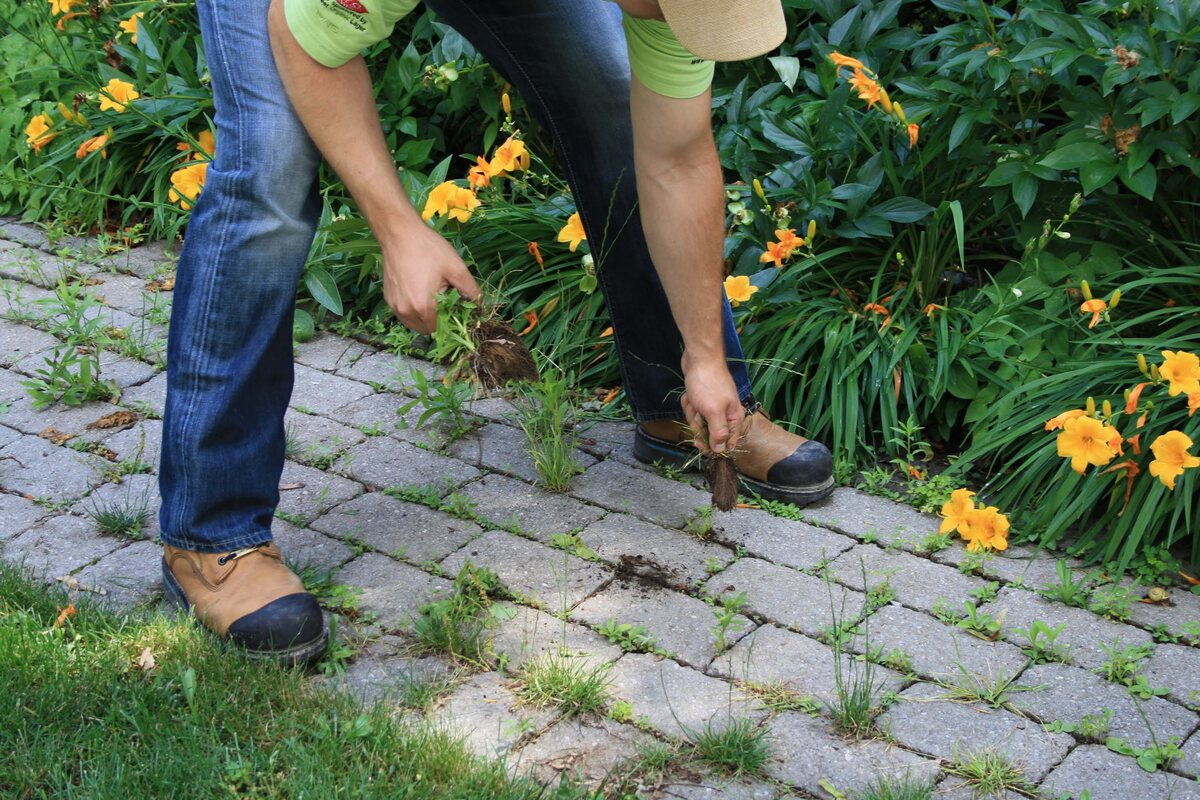

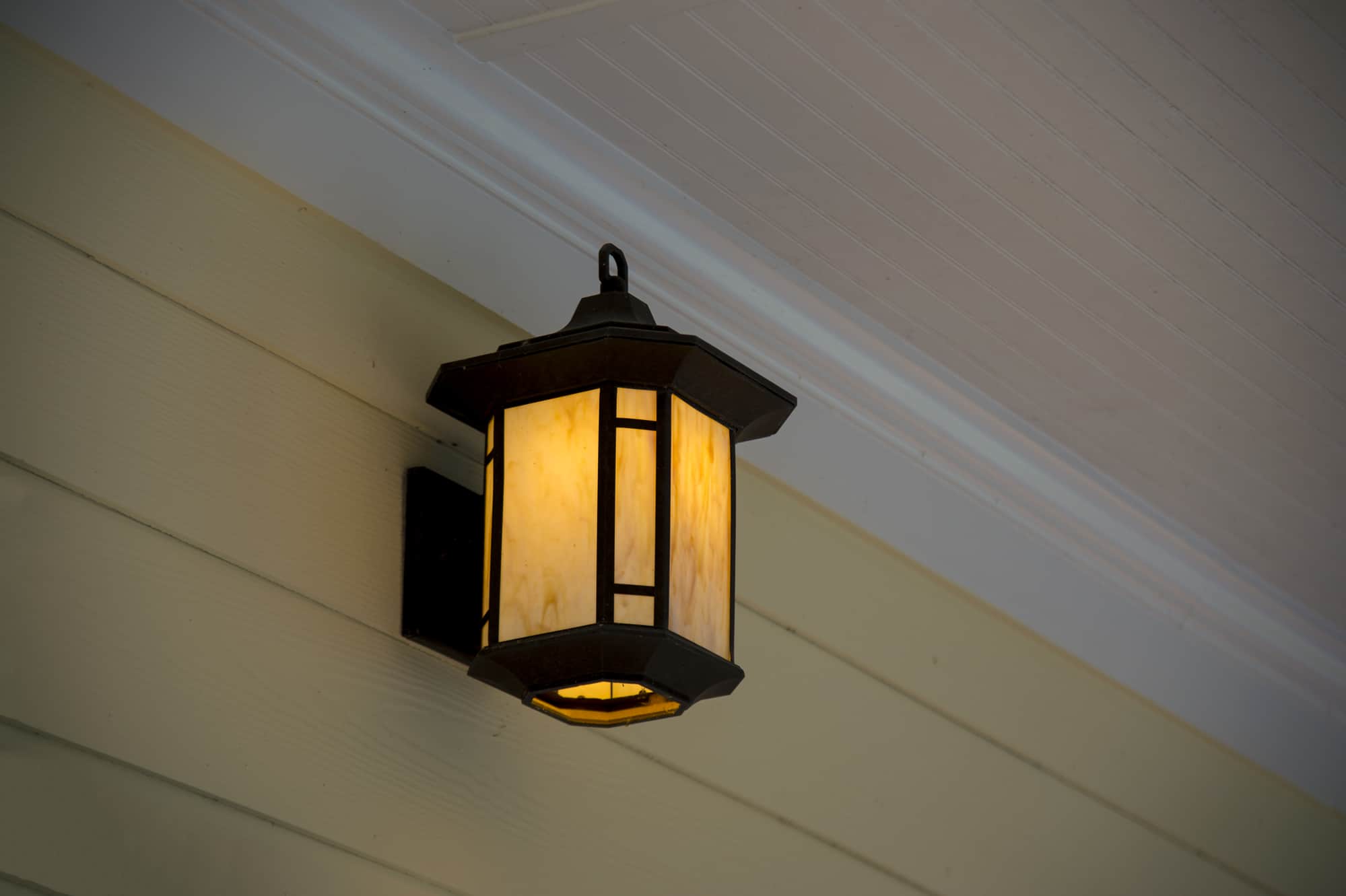
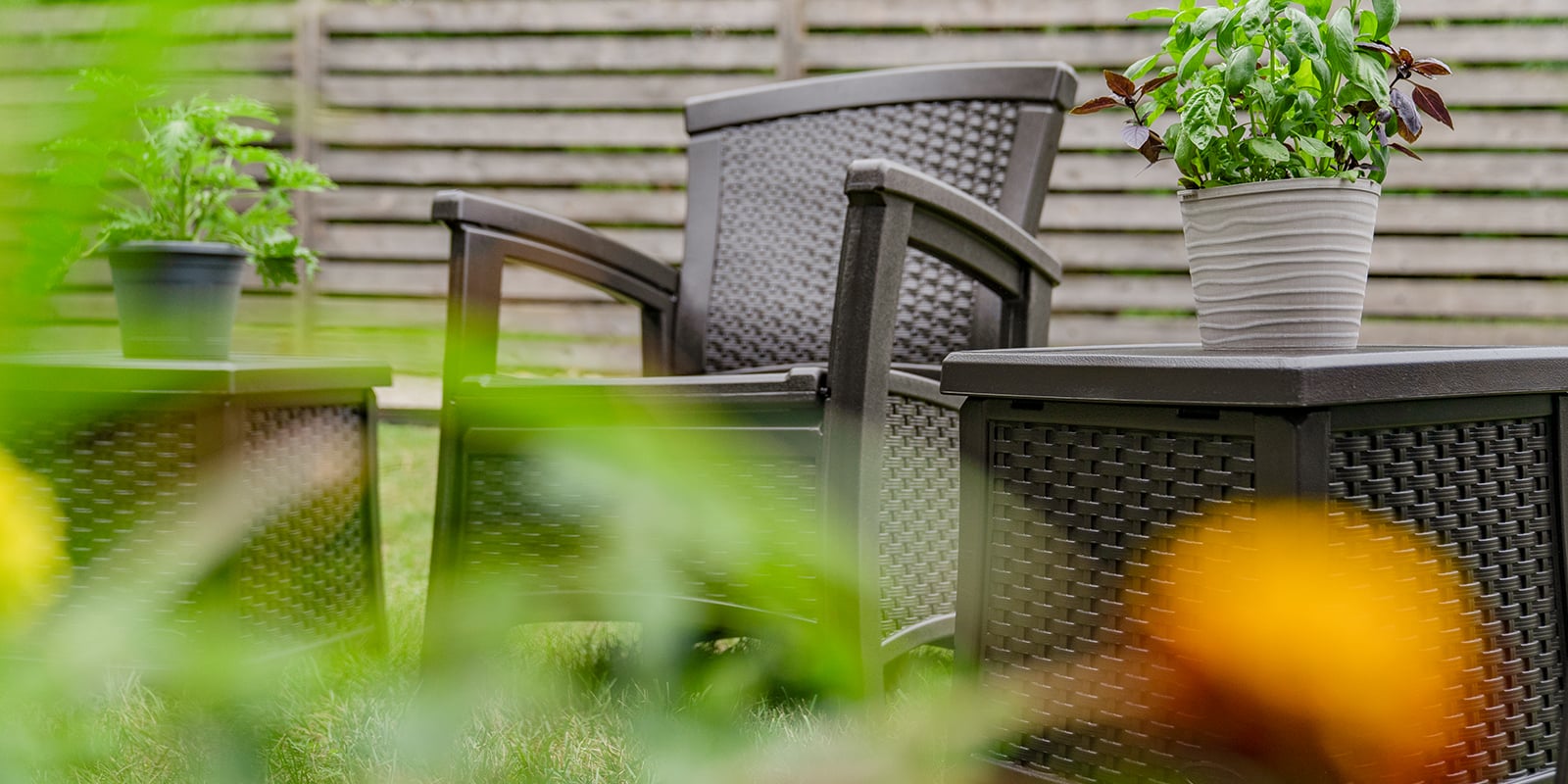


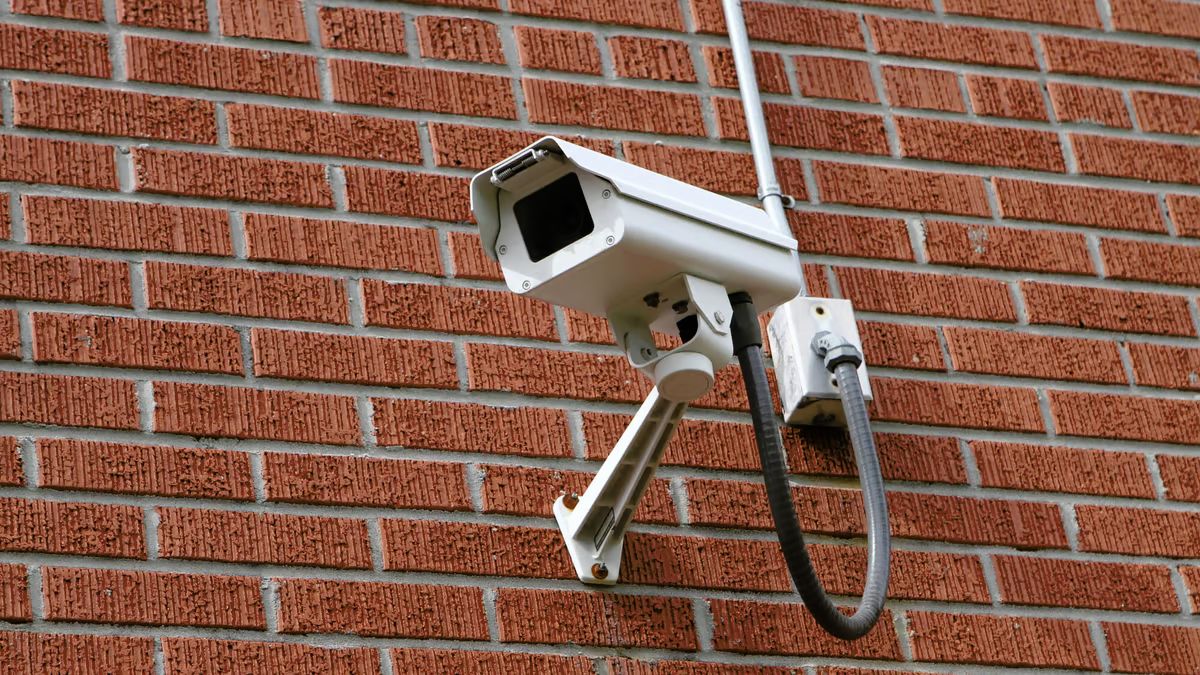

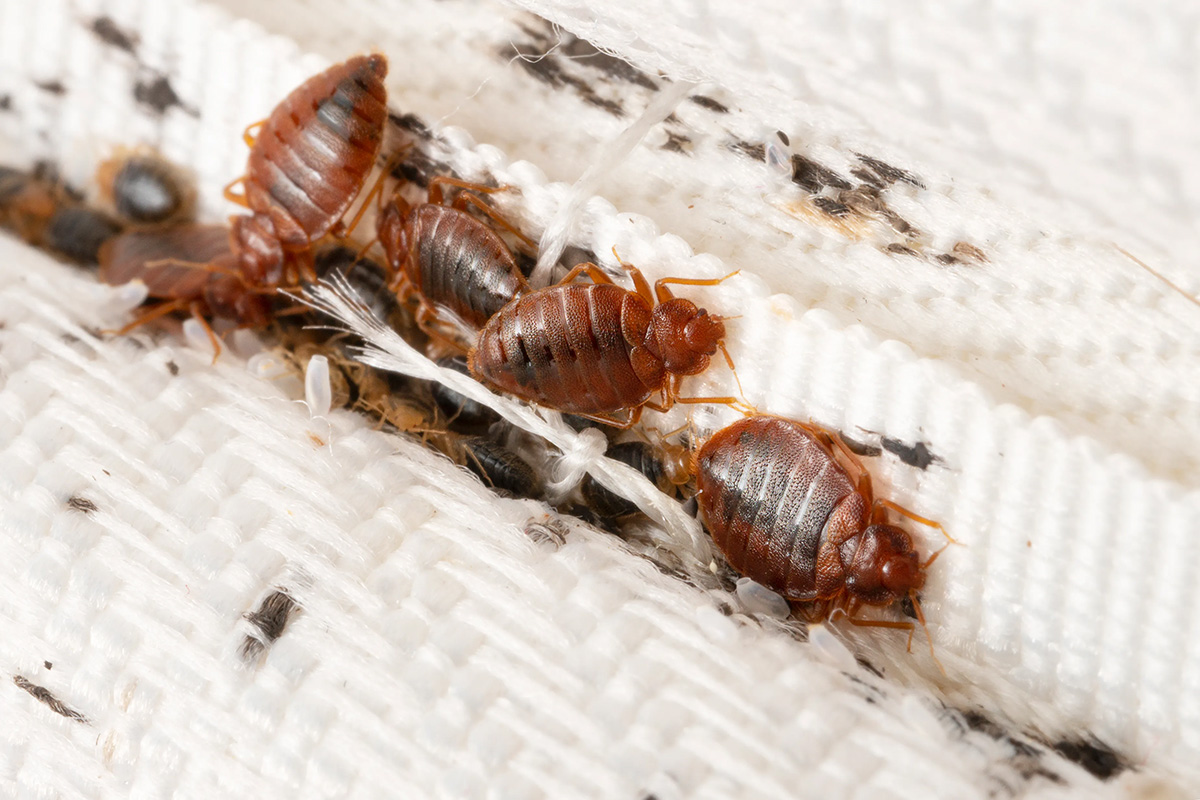
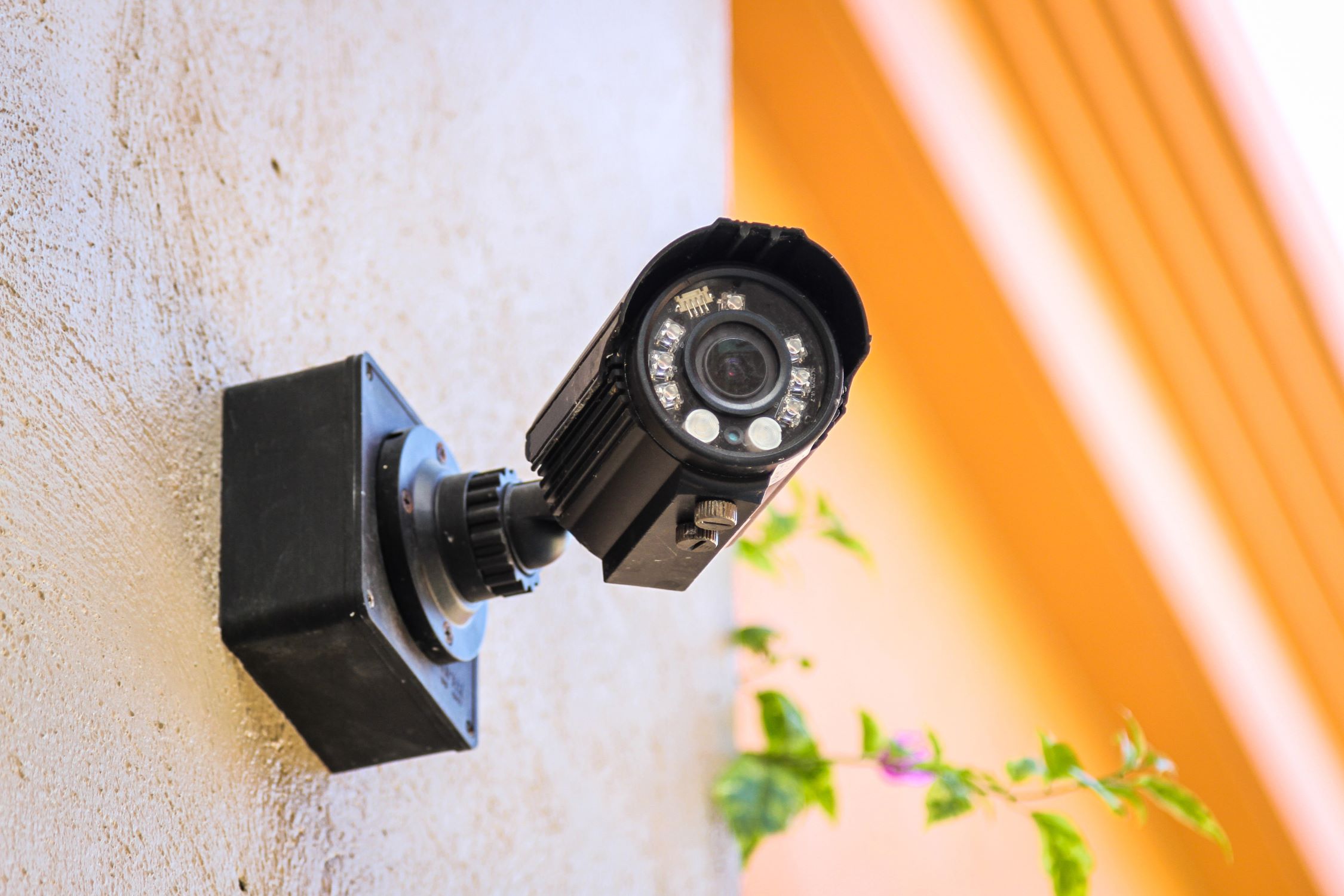

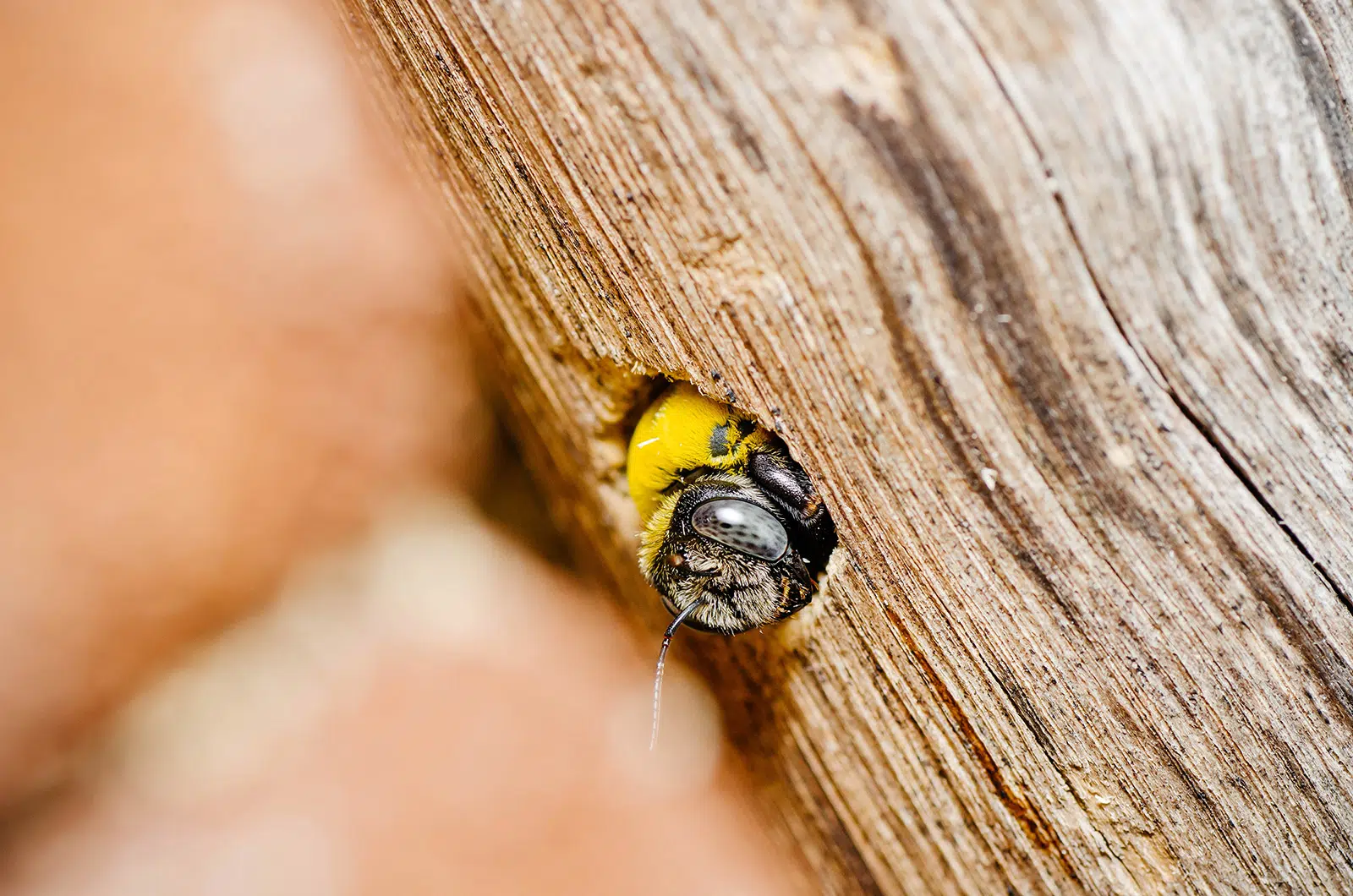


0 thoughts on “How To Keep Bugs Out Of A Patio”